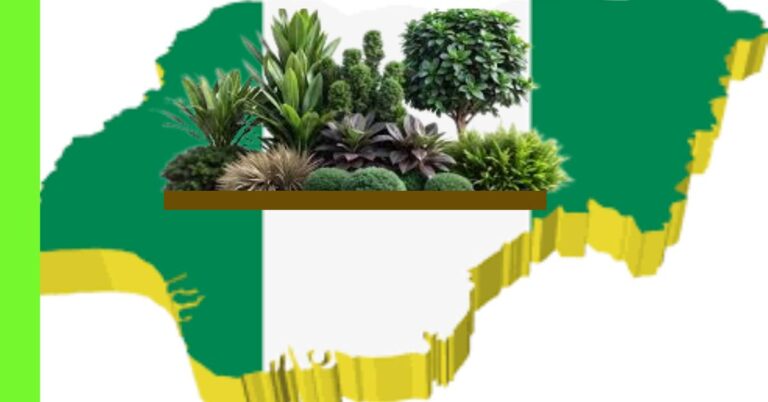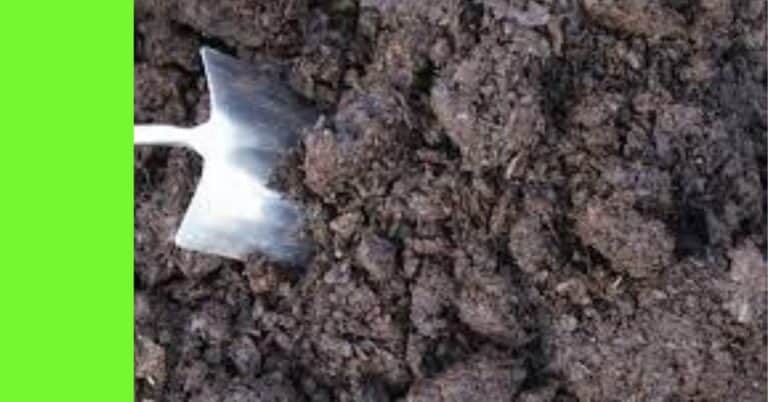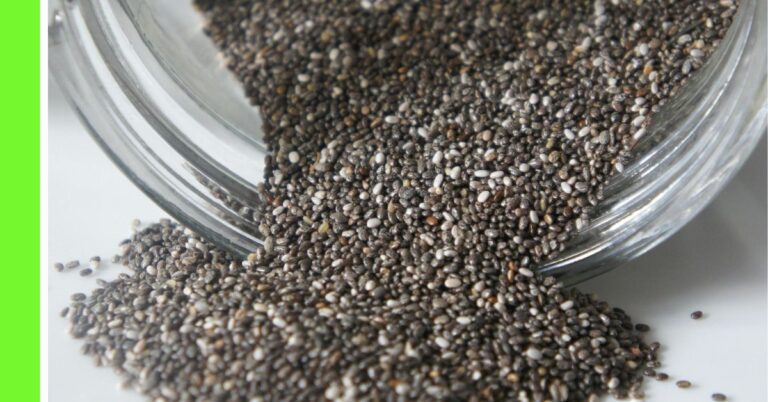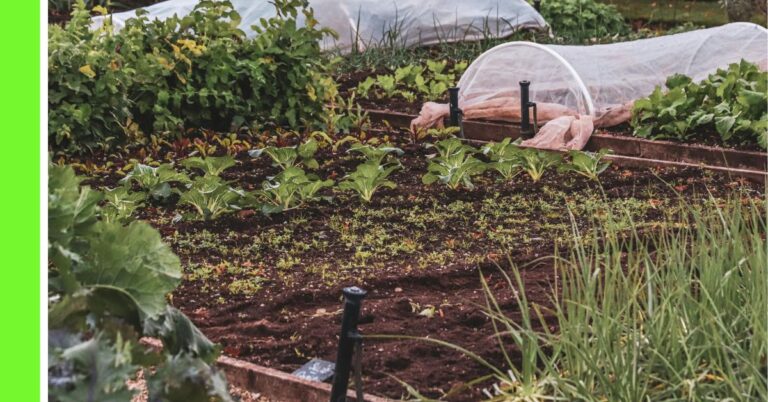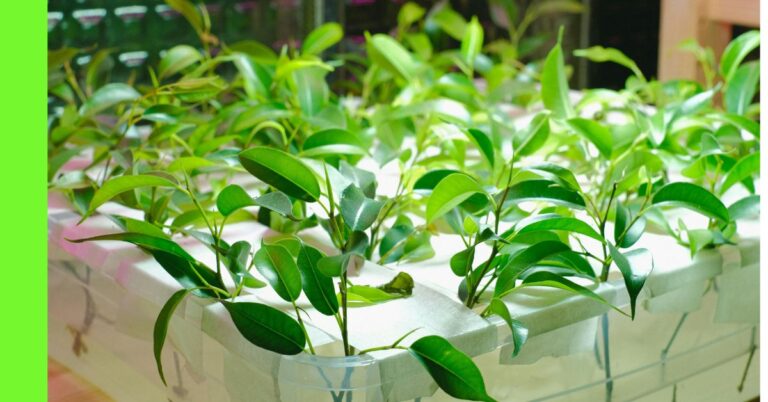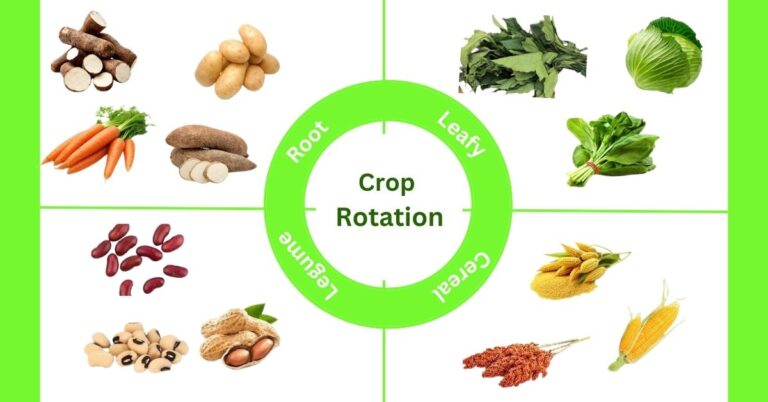Container Gardening All You Need To Know
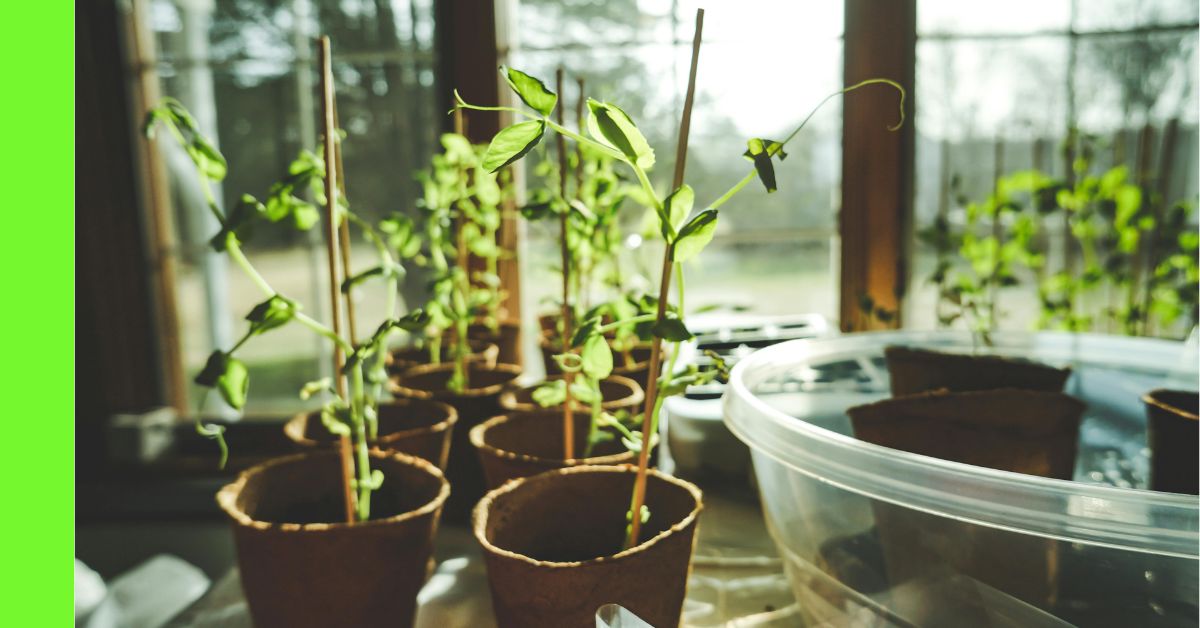
Container gardening is rapidly gaining popularity, especially in urban areas where space is a luxury.
Whether on balconies, verandas, rooftops, or tiny backyards, container gardening offers a flexible and accessible way to grow herbs, vegetables, flowers and ornamental plants.
This gardening method allows people to enjoy the benefits of growing their food, beautifying their spaces, and engaging in a therapeutic activity.
What is the meaning of container gardening?
A container garden is a type of gardening where plants are grown in containers instead of directly in the ground.
These containers can be pots, buckets, tubs, recycled cans, wooden boxes, or any other vessel that holds soil.
Container gardening is ideal for people with limited space, such as city dwellers, and is a practical solution for patios and other small spaces.
It also allows for greater control over the growing conditions, such as soil type, moisture, and sunlight.
Container gardening is often referred to using other terms such as:
- Potted gardening
- Urban gardening
- Patio gardening
- Balcony gardening
- Small space gardening
- Portable gardening
These terms all refer to the concept of growing plants in portable containers rather than in the ground.
What is the advantage of a container garden?
Container gardening has several advantages:
- Space Efficiency: Perfect for urban areas with limited land.
- Mobility: Containers can be moved to maximise sunlight or protect from adverse weather.
- Pest and Disease Control: Easier to manage and control pests and diseases.
- Soil Management: You can customise the soil mix to suit specific plant needs.
- Accessibility: Great for elderly or physically challenged individuals as containers can be placed at convenient heights.
What is the disadvantage of a container garden?
Despite its benefits, container gardening comes with a few challenges:
- Frequent Watering: Containers dry out faster than garden beds, especially in Nigeria’s hot climate.
- Limited Root Growth: Plants may become root-bound in small containers, limiting their growth.
- Nutrient Leaching: Frequent watering can wash away nutrients, requiring regular fertilisation.
- Cost: Good quality containers and soil mixes can be expensive.
Rule of thumb for container gardening
There are a few basic rules of thumb that can help ensure success:
- Choose the right container size: Larger containers retain moisture longer and provide more room for root growth.
- Ensure proper drainage: Containers must have holes at the bottom to prevent waterlogging.
- Use quality soil mix: A well-draining, nutrient-rich potting mix is essential.
- Match plants with their sunlight needs: Place sun-loving plants in full sun and shade-tolerant ones in shaded areas.
- Regularly check for pests and diseases.
How to plant in a container garden
Planting in a container is straightforward:
- Select a container with drainage holes.
- Fill with soil mix, leaving a few centimetres from the top.
- Place your seed or seedling in the centre or as recommended.
- Firm the soil around the plant gently.
- Water thoroughly until water drains out from the bottom.
- Place the container in an appropriate location based on sunlight needs.
What grows best in a container garden?
In Nigeria, a wide variety of plants thrive in container gardens.
Some of the best plants for container gardening in Nigeria include:
- Vegetables: Ugu, spinach, lettuce, tomatoes, peppers, okra, water leaf,
- Herbs: scent leaf, mint, thyme
- Flowers: Marigolds, hibiscus, petunias
- Succulents and cacti for low-maintenance greenery
- Dwarf fruit trees like citrus and guava in large containers
Just to mention a few, but the list is not limited to this.
Can I use garden soil in a container?
Using garden soil directly in containers is not advisable.
Garden soil is often too dense and heavy for containers.
It can compact easily, restricting root growth and retaining too much water, which can lead to root rot.
A better option is to use or make a light, well-draining potting mix tailored for container gardening.
Soil mix for container gardening
A good soil mix is crucial for successful container gardening. The mix includes:
- One part compost (for nutrients)
- One part coco peat or rice husk (for moisture retention)
- One part perlite or sand (for drainage and aeration)
This mixture ensures that the soil is light, well-drained, and nutrient-rich.
You can also add slow-release organic fertilisers like poultry manure or neem compost to enhance fertility.
Watering and fertilising container plants
Container plants require more frequent watering than those in the ground.
In a hot climate, this may mean daily watering or even twice a day during dry spells.
Always check the moisture level of the soil before watering.
As nutrients are easily washed away, fertilising is necessary.
Use a balanced liquid fertiliser every 2–4 weeks or apply slow-release granules depending on plant type and growth stage.
What is the most common mistake made with container plants?
Overwatering is arguably the most common mistake.
Many people tend to water container plants too frequently without checking the soil moisture level, leading to root rot and other fungal issues.
Other common mistakes include choosing the wrong size of container, poor drainage, and using garden soil that compacts easily and restricts root growth.
In conclusion, container gardening provides an excellent solution for people who wish to grow plants but have limited space.
With the right practices, tools, and plant choices, anyone can start a thriving garden in pots, no matter where they live.
Hope this article was helpful.

